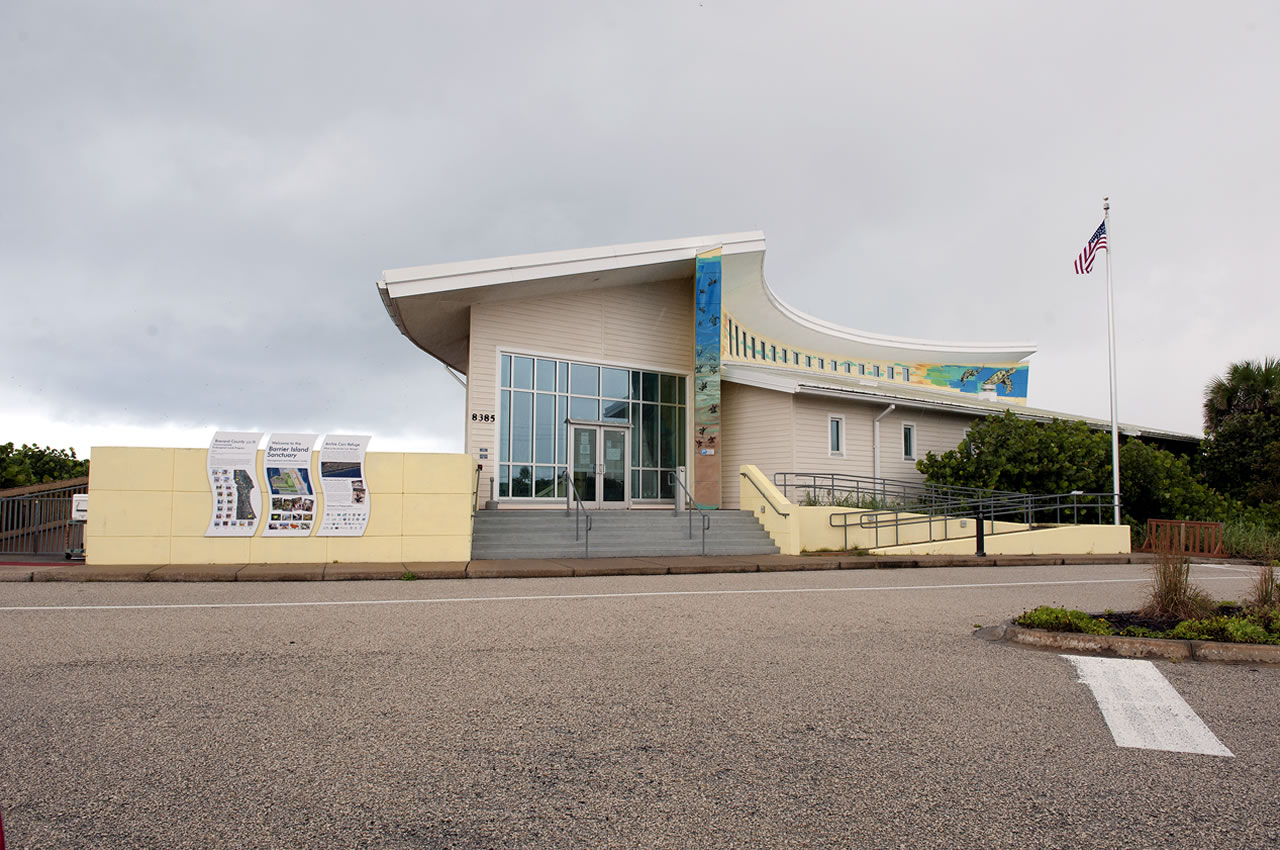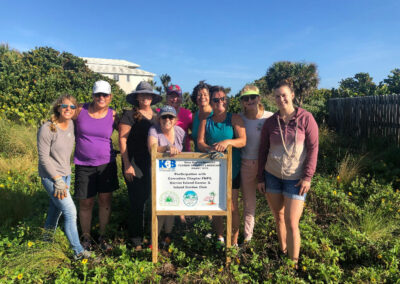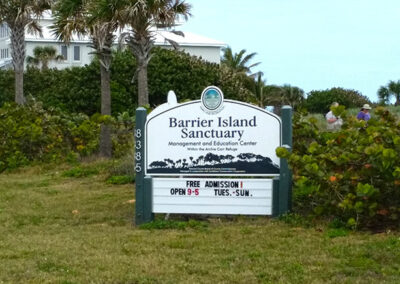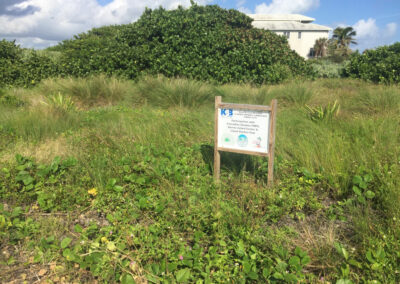Barrier Island Sanctuary
8385 S Highway A1A, Melbourne Beach
The Barrier Island Sanctuary is 34 acres of coastal habitat in the heart of the Archie Carr National Wildlife Refuge in Melbourne Beach, FL. The Sanctuary is owned and managed by Brevard County’s Environmentally Endangered Lands (EEL) Program. It spans from ocean to lagoon and has undergone more than a decade of extensive restoration projects removing invasive plants and restoring hydrology.
The Island Garden Club based in Melbourne Beach, FL formed a partnership with the Barrier Island Sanctuary in 2018 providing dedicated volunteers and resources on an ongoing basis, to further the advancement of Sanctuary preservation. The club’s efforts center on key areas outside of the “building” and can expand as necessary or requested to meet volunteer demands within the Barrier Island Center.
In 2019, Conradina FNPS partnered with the Island Garden Club and Barrier Island Sanctuary to underwrite funding for the KBB Florida Friendly Grant for the Barrier Island Center. This partnership has successfully funded two of the KBB Florida Friendly Grants. Phase one is a meadow located on the Northeast side of the main parking area and Phase two is located Southeast of the main building in a dry retention area. Both areas were disturbed during the construction of the Barrier Island Center and restoration of these areas provided essential habitat for many threatened and endangered species. Hardy coastal species were selected for the sites and include cordgrasses, muhly grass, beach panicum, beach elder, sea-oxeye daisy, dune sunflower, blanket flower, coastal love grass, dotted horsemint, blue curls, golden creeper, beach verbena, horizontal cocoplum, coontie, blue porter weed, spider lilly, inkberry and seaside goldenrod.
In 2020 The Island Garden Club and the Florida Native Plant Society expanded their efforts with the EEL Program outside of the Barrier Island Center to restore a 2-acre area within in the Hog Point Cove Sanctuary. They provided funding to purchase native plants, mulch and educational signs to help restore the sanctuary. Volunteers from both groups came out to plant, weed, and water both sites during Covid. The EEL Program is very grateful for their hard work and dedication. Without all of these wonderful groups none of this work would have been possible.




